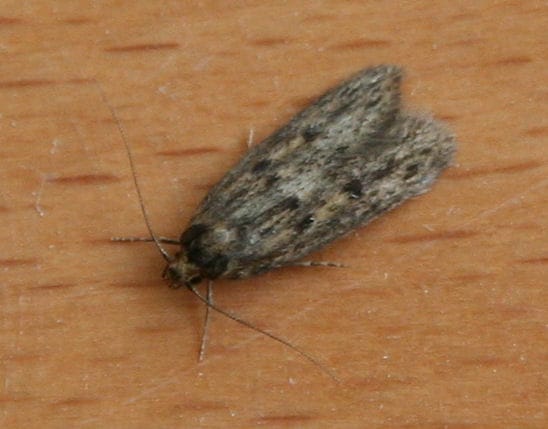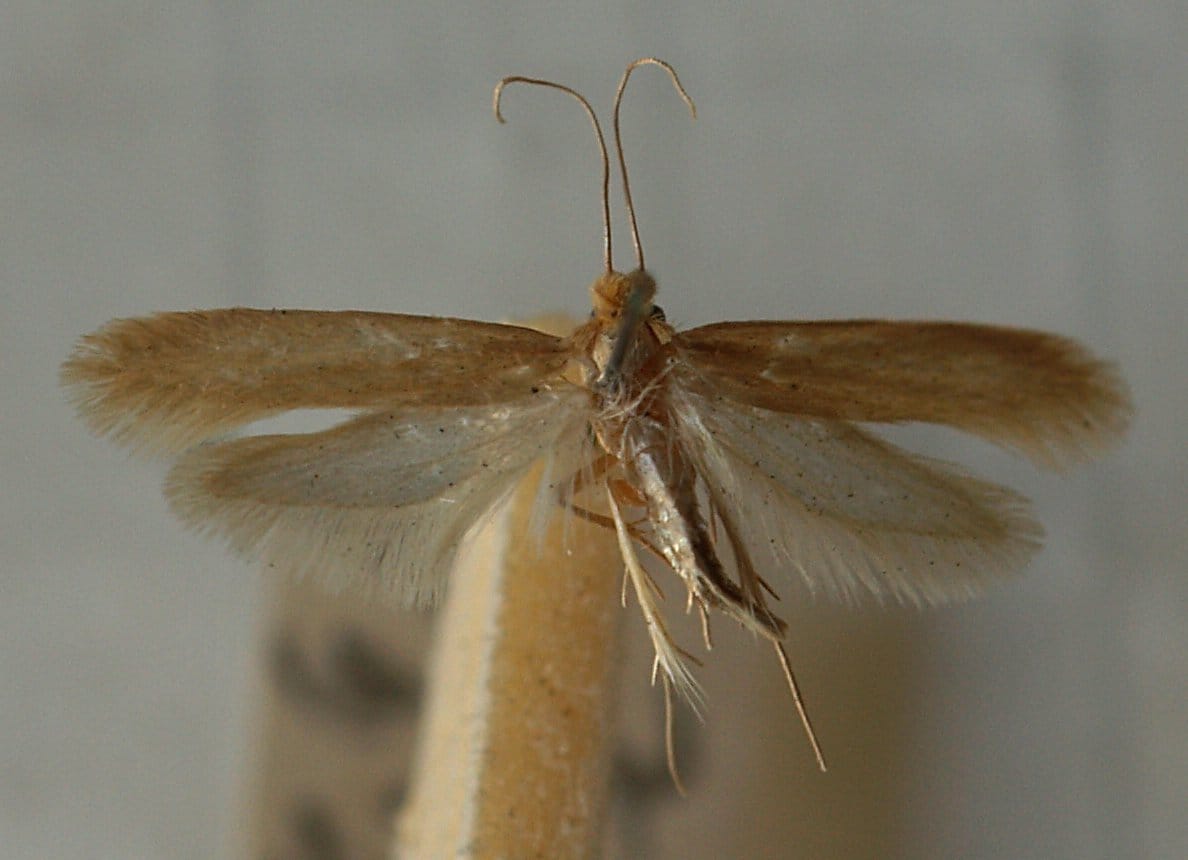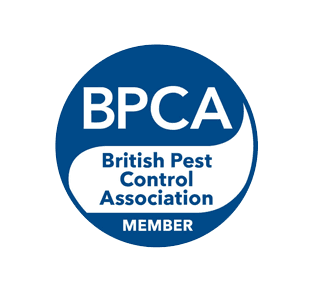Moths Pest Control Specialists
This shiny gold/brown Moth grows to approximately 10mm in length. The wing tips have a hairy/feathery appearance and the wings themselves have dark brown spots (although these can easily be rubbed off). The Brown House Moth is a common inhabitant inside houses. This species is found throughout the British Isles and is often found on indoor walls as it begins to go dark. A Moth can be found on the wing at any time of the year but is commonest in summer.
The Brown House Moth will feed on organic debris including dried or mouldy food waste as well as fabrics etc. The female Brown House Moth lays up to 500 white eggs on the surface of fabrics which hatch into larva in as little as ten days. The period of Brown House Moth larval development is six weeks under ideal conditions, during which time the larvae actively feed on fabrics etc.
Brown House Moth larvae can cause considerable damage when they feed on articles that are of animal origin such as wool, mohair, fur, hair, feathers etc.

Brown House Moth
The Case Bearing Moth grows to approximately 5mm in length. The Moth’s forewings are yellowish brown and there are usually three distinct dark dots on the outside of each wing. The case Bearing Moth’s hind wings are smaller, lighter and fringed with hair and scales. The Case Bearing Moth’s eggs are whiteish and larvae are opaque white with brown heads.
The Common Clothes Moth is slightly larger than the Case Bearing Moth, adults can reach up to 7mm. The Common Cloth Moth is a light shiny gold colour with a tuft of reddish hairs on the head
Case Bearing and Common Clothes Moths share similar biology. Clothes Moths rarely fly to lights at night and instead prefer darkness such as a cupboard or storage chest. Clothes Moths fluttering around the house are probably males because females travel by running, hoping or hiding in folds of clothing. The female lays 100-150 white eggs on the surface of fabric which will hatch into larvae in approximately five days. The period of larval development is usually six weeks during which time the larvae actively feed on fabric. Larval development can take considerably longer under cool conditions.

Common Clothes Moth
Protectahome Technicians will locate the source of infestation by thorough examination before treatment. Where necessary they will apply a residual insecticide to wall/floor and ceiling floor junctions and around carpet edges etc.
If the infestation is present in a loft or roof space, the structure should also be treated with a residual insecticide and/or a space treatment (ULV, smoke etc).
Early action is key to reducing the damage caused by Moth infestation, as is the correct identification and treatment. Protectahome Technicians are trained to deal with such infestations quickly and effectively.
For more information on Pest Control by Protectahome and associated services we provide, please see our Case Studies or to speak to our Pest Control Department please Contact Us on 0800 055 6966 or alternatively email us via pestcontrol@protectahome.co.uk











